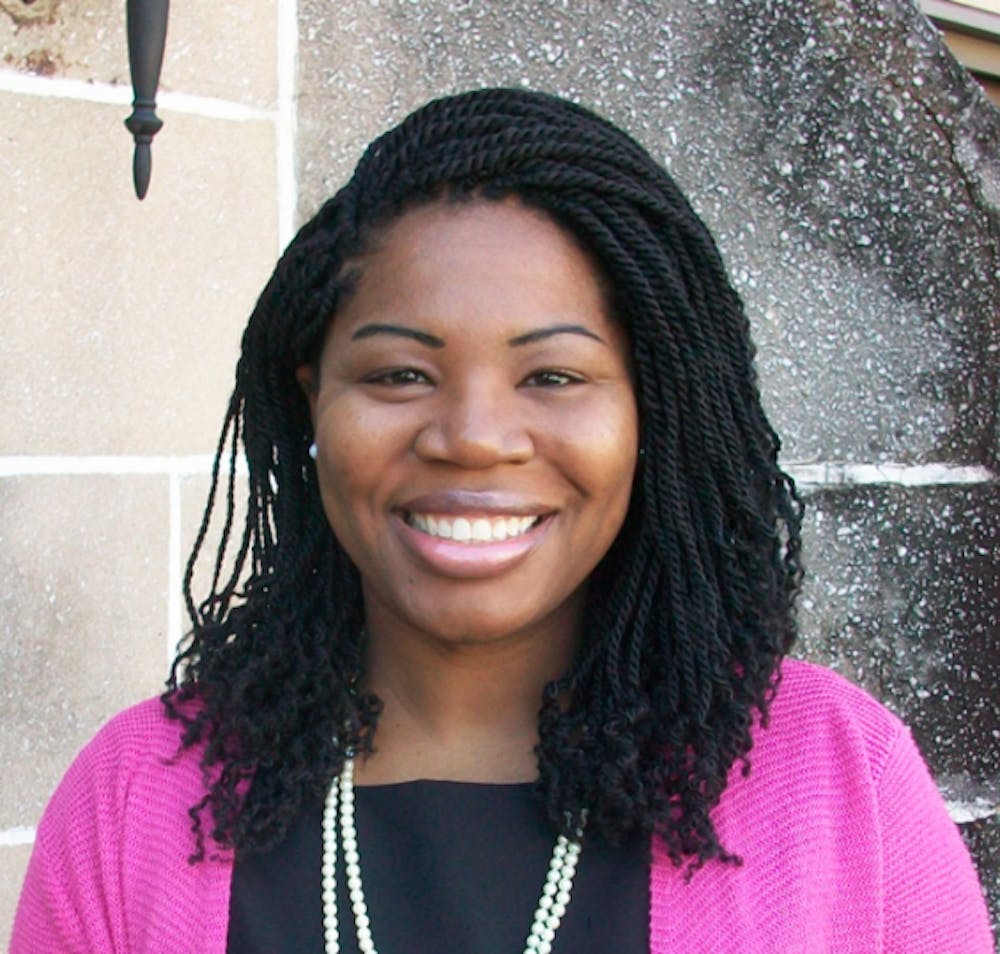Dr. Shannen Dee Williams will present The Real Sister Act: Black Catholic Nuns & the Long Struggle to Desegregate U.S. Religious Life. Dr. Williams is a professor of United States and African-American history at the University of Tennessee at Knoxville. The presentation will be on Thursday, Nov. 16 at 7:15 p.m. in Franz 120.
In an email interview with The Beacon, Williams opened up about her work and what her presentation will entail.
What is the focus of your presentation?
My talk will focus on the largely forgotten struggle to desegregate the nation's historically white Catholic sisterhoods. It will also examine the lived experiences of select pioneering black sisters in white orders in the nineteenth and twentieth centuries.
When and how did you become interested in this topic? Why has this subject remained interesting to you?
When I entered graduate school at Rutgers in 2006, I was completely unaware of the long and rich history of black female religious life in the Church. I had never seen a black nun, and at no point in my secular or Catholic education was I ever taught about black sisters. While searching for a paper topic in a seminar in African-American history, I stumbled upon a newspaper article reporting on the formation of the National Black Sisters’ Conference (NBSC) at Mount Mercy College (now Carlow University) in Pittsburgh, Pennsylvania in 1968. Shocked by my discovery, I began scouring research databases and the Internet for any mention of the NBSC and the sisters whose names I had collected.
While the material available was disturbingly scant, I soon discovered that many of the NBSC founders had desegregated their historically white congregations after World War II. I read in uneasy amazement as many confessed to having believed that they were the only black sister in the United States prior to receiving the invitation to the first NBSC meeting. I also read in horror as many recounted enduring years of racist discrimination, abuse and neglect in their orders and the predominantly white communities in which they labored.
From the few published books on black religious by pioneering scholars such as Father Cyprian Davis, OSB, and Diane Batts Morrow, I learned of the existence of the nation’s historically black sisterhoods. And from my earliest oral history interviews, I listened intently as elderly black sisters recounted their heartbreaking experiences of discrimination within the Church, which often included being rejected for admission into the all-white sisterhoods that had educated them solely on the basis of racism.
Thoroughly unsettled by how inaccessible black sisters’ lives and history had been to me—a cradle black Catholic and aspiring historian of black women—I committed myself to learning as much about black religious throughout the world as possible. I also decided to join a small community of scholars working to document this subversive history.
Why is this an under-researched topic?
The history of black sisters constitutes a dangerous memory for the U.S. Church. Black sisters' lived experiences challenge and revise much of what we know and what we think we know about the American Catholic experiences. Specifically, black sisters' genealogical origins and stories remind us that the Catholic Church was never an innocent bystander in the history and practice of white supremacy. Segregation, like slavery, was a Catholic tradition. (The Church was the largest corporate slaveholder in the Americas.) Moreover, many Catholic institutions, including sisterhoods, were among the fiercest strongholds of racial segregation through America's civil rights years.That reality is hard to swallow for a lot of people.
What’s been the most fascinating and/or unexpected thing you’ve discovered in your research?
The long history of racial passing in white congregations has been especially fascinating to study. Although the formation of historically black sisterhoods in the ninteenth century in response to the exclusionary admissions policies of white orders ensured the development and growth of African-American female religious life, women of black African descent entered white orders in the nation as early as 1812. Some founded exclusive white orders; others served as as superiors of white communities in the nineteenth century. I have founded cases in which black women passing for white in their communities were discovered and expelled. I've also found exceptions. Although many white communities went to extraordinary lengths to keep black women and girls (especially those born in the United States) out of their ranks, some were willing to except those who were racially ambiguous and willing to cut off contact with their black family members. It is a difficult story to tell, but it happened. There is one black sister in California who passed for white in her community until the 1980s.
Why should people attend the presentation and what can they expect to learn?
Many people think that the story of black Catholicism in the United States is a story of twentieth century conversions following the Great Migrations of African Americans to the urban North, Midwest, and West. However, much of early American Catholic history is African-American history, and much of early African-American history is Catholic history. Moreover, the vast majority of the practitioners of Catholicism in the Americas have been of African and indigenous descent, not European. Several of America's earliest black sisters were descendants of America's founding Catholic families and/or their slaves. Their stories (and those of their successors in female religious life) matter.
In my manuscript, I argue that the story of black sisters is the story of the American Catholic experience. Not only do many black sisters’ American Catholic roots predate the rise of the European immigrant church in the nineteenth century urban North, but black sisters’ future in the United States and the Church at largest also looks incomparably bright. According to church reports, women of black African descent constitute a remarkable nine percent of women in U.S. religious formation programs despite comprising less than three percent of the national Catholic population. In the next fifty years, church reports also indicate that the dominant face of the Catholic sister will brown and in much of the Atlantic world of black African descent. It will be critically important to know that black sisters are not recent phenomena, and I contend that their history in the United States, where free women of color seemingly founded the western world's first Roman Catholic orders freely open to black women and girls, is essential to understanding the present and future of black female religious life.









